Treadmill vs Recumbent Bike: Which Is Best For You?
Author:
Unlock your full potential by engaging with our experts and community! Have questions about your fitness journey or looking for expert advice on weightlifting techniques? Don’t hesitate — leave a comment below and Ihor Shymechko will provide a personalized answer and insights to help you reach your goals.
Torokhtiy is reader-supported. Some links are affiliate links, and we may earn a commission at no extra cost to you. See our disclosure page for details.
Walk into any gym and you’ll find a range of cardio equipment to choose from. But, which one is the best? Which is the right one for you?
I’ve looked at two of the most popular cardio machine choices for your home gym. Read on if you need help making the right choice between the treadmill vs recumbent bike.
Treadmill vs Recumbent Bike – Both cardio machines work the same muscle groups using different movement patterns. In terms of using a recumbent bike or treadmill for weight loss, a treadmill burns more calories and has more resistance options but provides higher impact and is much louder.
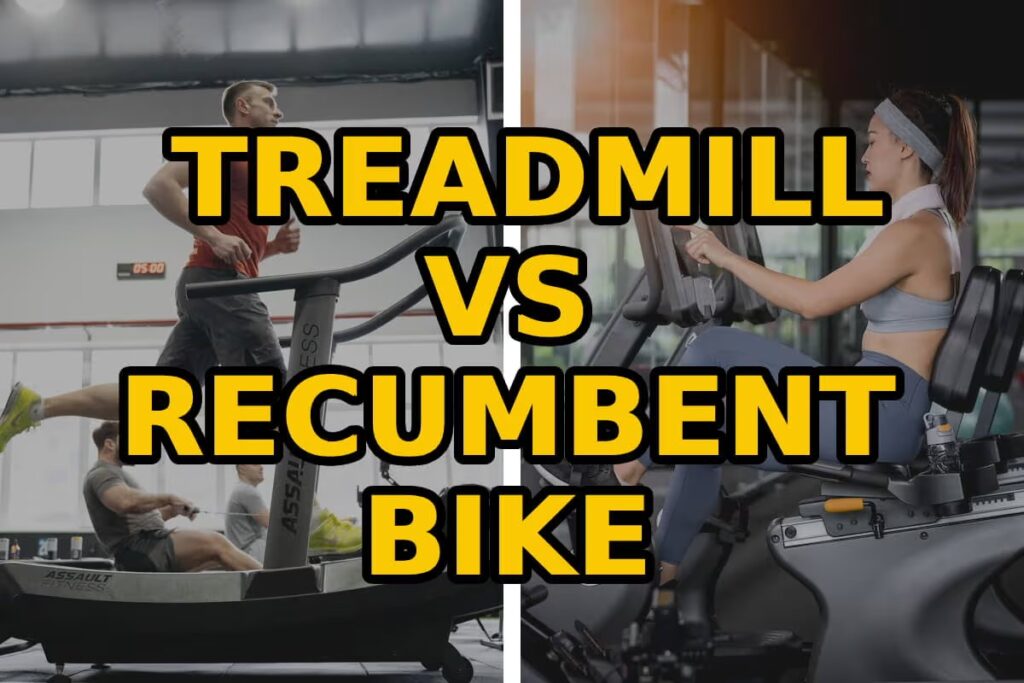
Treadmill vs Recumbent Bike
Before I look at the differences between a recumbent bike vs treadmill, let’s first look at a brief description of each machine so we know what they are.
What is a Treadmill?
A treadmill consists of a running deck and a moving belt that loops around the deck, allowing you to move your legs whilst your feet stay in the same position. This allows you to walk or run using a small gym space from the comfort of a commercial gym or your own home. Treadmills may also be used in rehabilitation settings such as in pediatric rehabilitation.
The two basic types of treadmills are manual and electric. Some treadmills may have other features including monitors, device holders, handles, and folding mechanisms.
A treadmill belt can reach different speeds depending on the motor used and offer different incline settings to simulate hill climbing. Different exercise modes include casual walking, hill climbing, racing, and normal running. Some treadmills also have built-in entertainment systems to provide an immersive running experience.
What is a Recumbent Bike?
A recumbent bike is a type of stationary bike that uses a design where the pedals stretch out in front of you rather than under your hips. Compared to a regular stationary bike, a recumbent bike involves a more reclined cycling experience which provides similar muscle activation.
Recumbent bikes usually consist of a large cushioned seat, padded handles that extend naturally in front, and pedals that extends out towards the flywheel housing. Other added features may include monitors, transportation wheels, and frame stabilizers.
If you are recovering from an injury, using a recumbent bike can provide an excellent low-impact exercise mode using a more reclined body position.
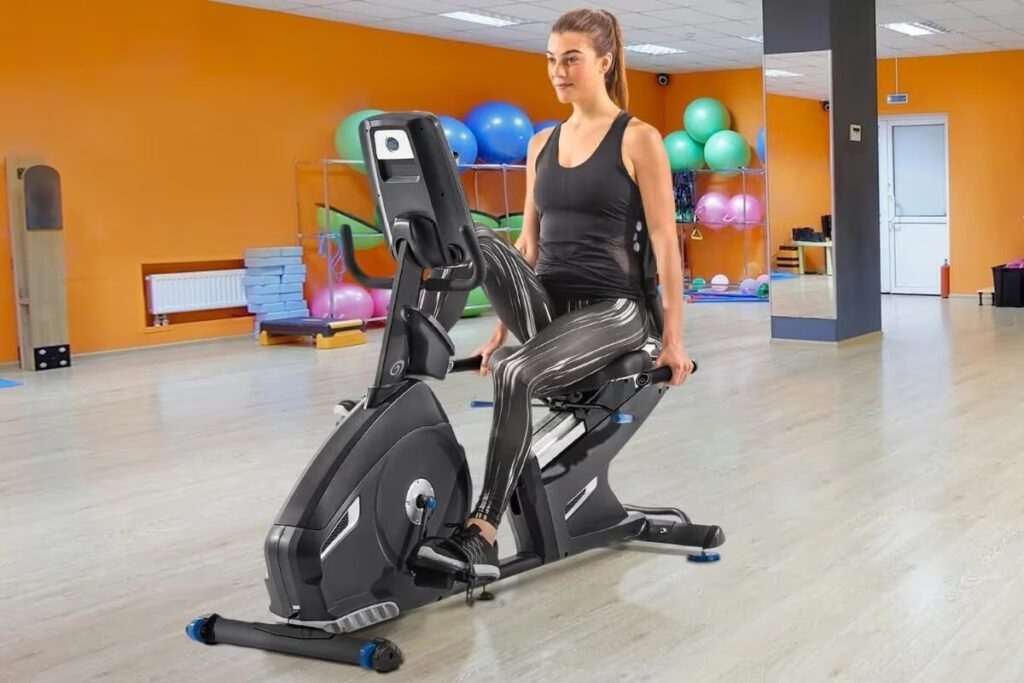
Treadmill vs Recumbent Bike – The Similarities and Differences
Both are popular pieces of exercise equipment but the different movement patterns make them better suited for different exercise goals. Let’s take a look at the similarities and differences in more detail.
1. Muscles Worked
Whilst the movement patterns on a treadmill and recumbent bike are rather different, both target similar muscle groups. Both involve primarily the lower body musculature which includes quads, hamstrings, glutes, and calves. Both machines also target the core and involve erector spinae which functions to keep the body in the correct position throughout the movement.
Increasing the amount of incline on the treadmill will place more stress on the glute and calf muscles. While it isn’t designed primarily to build strength, it will still provide a decent cardiovascular stimulus.
Increasing the resistance on a recumbent bike means your legs need to work harder, with more stress placed on all of your lower body musculature.
2. Joint Health
The level of joint impact is perhaps the biggest difference between the two machines.
On a treadmill, your legs and feet are weight-bearing when they make contact with the deck as you run along. This places stress on the surrounding ankle, knee, and hip joints. Some treadmills contain shock absorption software under the deck which helps to reduce the amount of joint impact felt when running.
Recumbent bikes involve pedaling in a circular motion which places little to no stress on your joints. Your feet stay fixed to the pedals whilst your muscles work to push the pedals around. This makes the recumbent bike a great way to recover from injury or work around mobility issues.
For these reasons, the recumbent bike is the better option for joint health and rehabilitation work.
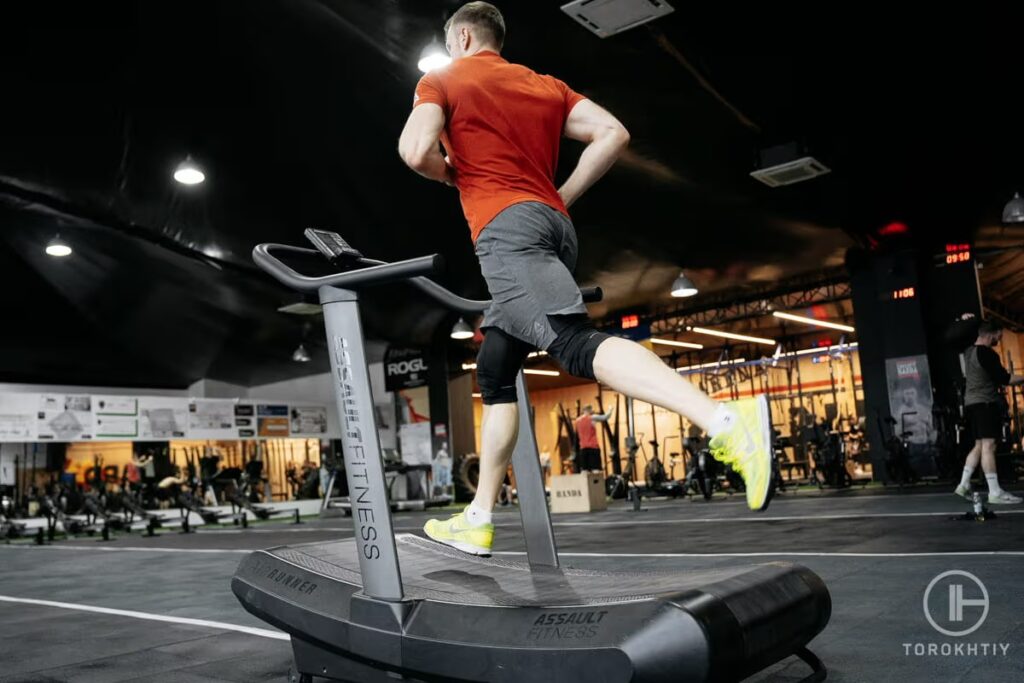
3. Resistance Options
Both machines offer resistance options using slightly different methods. A treadmill allows you to change the belt speed and the incline percentage to increase or decrease the difficulty as you see fit. A recumbent bike uses a flywheel with different resistance mechanisms applying varying amounts of pressure to change the force needed to turn the bike pedals.
4. Calories Burned
Due to the higher impact nature of treadmill running, the treadmill is the clear winner when it comes to calories burned.
With treadmill running, your body needs to work harder to support your weight. Whilst this comes at the cost of joint impact, it does allow you to burn more calories.
Saying this, the recumbent bike does still offer an excellent method of burning calories and may be more comfortable to use for longer periods.
5. Noise
A recumbent bike uses a belt drive coupled with a resistance mechanism that operates fairly quietly at each resistance. On a treadmill, the motor for moving the belt is also fairly quiet but you need to add the noise produced by your feet hitting the belt as you run.
This makes the recumbent bike quieter to operate meaning it may be the better option if you want to exercise in a super quiet at-home gym environment.
6. Assembly
Both machines usually come part completed due to shipping purposes. This means there is some assembly required for both of them.
Both machines tend to be fairly straightforward to put together, with pedals, arms, consoles, and feet usually among the main parts to add to the frames.
7. Price
Both machines offer a wide range of pricing options, with the basic versions offering a simpler design and fewer added features.
Affordable treadmills may be powered solely by the movement of your body whilst recumbent bikes have to use a similar drive mechanism whatever the price point.
| Criterias | Treadmill | Recumbent Bike |
|---|---|---|
| Muscles Worked | QuadsHamstrings Glutes Calves Core Erector Spinae | QuadsHamstrings Glutes Calves Core Erector Spinae |
| Joint Health | High Impact | Low Impact |
| Resistance Options | Belt Speed Incline Percentage | Flywheel Resistance |
| Noise | Moderate | Quiet |
| Assembly | Easy- Part Assembled | Easy – Part Assembled |
Treadmill vs Recumbent Bike – Summary
Both the treadmill and recumbent bike work your lower body musculature including your hamstrings, glutes, quads, and calves. They also require your erector spinae and core muscles to work together to keep your body correctly aligned when exercising.
In terms of joint health, the recumbent bike offers a low-impact exercise option whilst a treadmill uses your whole body as your feet impact the running deck. A recumbent bike is also quieter to use making it well-suited for quiet home-gym environments.
If you’re looking to burn more calories, the treadmill is the way to go. A treadmill also offers a much wider range of resistance options, with different belt speeds and incline percentages to choose from.
Both machines are fairly easy to assemble and range from simple, budget designs to top-of-the-range models with high-tech features.
1. Pros and Cons of a Treadmill
Positives:
Could be better:
2. Pros and Cons of a Recumbent Bike
Positives:
Could be better:
Recommended Treadmill
ProForm Carbon TLX
- Dimensions: 35.1’’W x 74.3’’D x 59.1’’H
- Display size: 7’’
- App: iFit
- Product weight: 249 lbs
- Weight capacity: 300 lbs
- Running deck size: 20’’x60’’
- Speed range: 0-12 mph
- Incline/decline options: 0-12%
- Additional features: ProShox cushioning, folding design
- Warranty: 10-year frame, 1-year parts, 1-year labor
ProForm Carbon TLX is a reasonably priced treadmill nd it’s hard to see anyone not liking it. It has a spacious 60-inch belt and its dimensions are 74.3” D x 35.1” W x 59.1” H. The LCD display, although basic and without a touchscreen, is very functional and you can see everything on it clearly. It won’t work for entertainment, but the treadmill has Bluetooth connectivity, so you’ll be able to enjoy your music whole exercising.
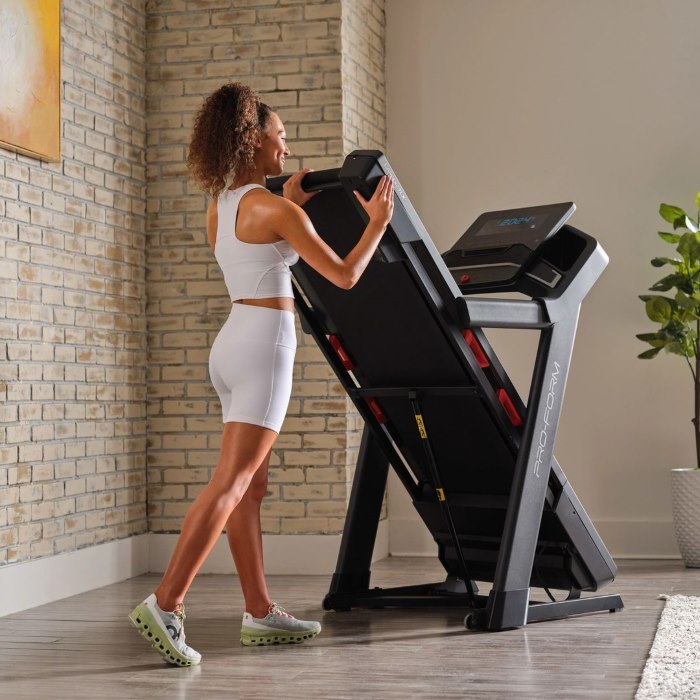
The maximum speed is 12 MPH and the incline ranges from 0 to 12%. Everything is easily adjusted through QuickSpeed button controls.
ProForm includes a free 30-day iFit membership which uses Bluetooth to give you a fully immersive workout experience with thousands of live and on-demand trainer-led workouts.
Recommended Recumbent Bike:
Sunny Stationary Recumbent Bike SF-RB4850
- Dimensions: 59L X 26W X 47.5H In
- Seat Height: Min 22.6 In/24.5 In
- Display: Calorie, Distance, Heart Rate, Level, Odometer, Program, RPM, Speed, Target Rate, Time, WATT
- Built-In Programs: 24
- Resistance Mechanism: 16 Level Magnetic Resistance
- Product Weight: 86.4 Lb
- Max Weight Capacity: 300 lbs
- Warranty: 3 Year Structural Frame, 180 Days Other Parts And Components
The Sunny Health & Fitness Recumbent Bike is a programmable, low-impact cardio option that comes at an excellent budget-friendly price point. At the front of the bike, the performance monitor has 24 pre-set workout programs and 16 resistance levels to choose from giving you a huge range of options. If you want to customize your workout, you can program the monitor accordingly with the easy-press buttons underneath.
The recumbent bike features a wide cushioned seat with a meshed back to give you a comfortable cycling experience. The non-slip handlebars have built-in pulse sensors to monitor your heart rate, with the heart rate graph above the monitor providing a good reference point concerning the different workout zones.
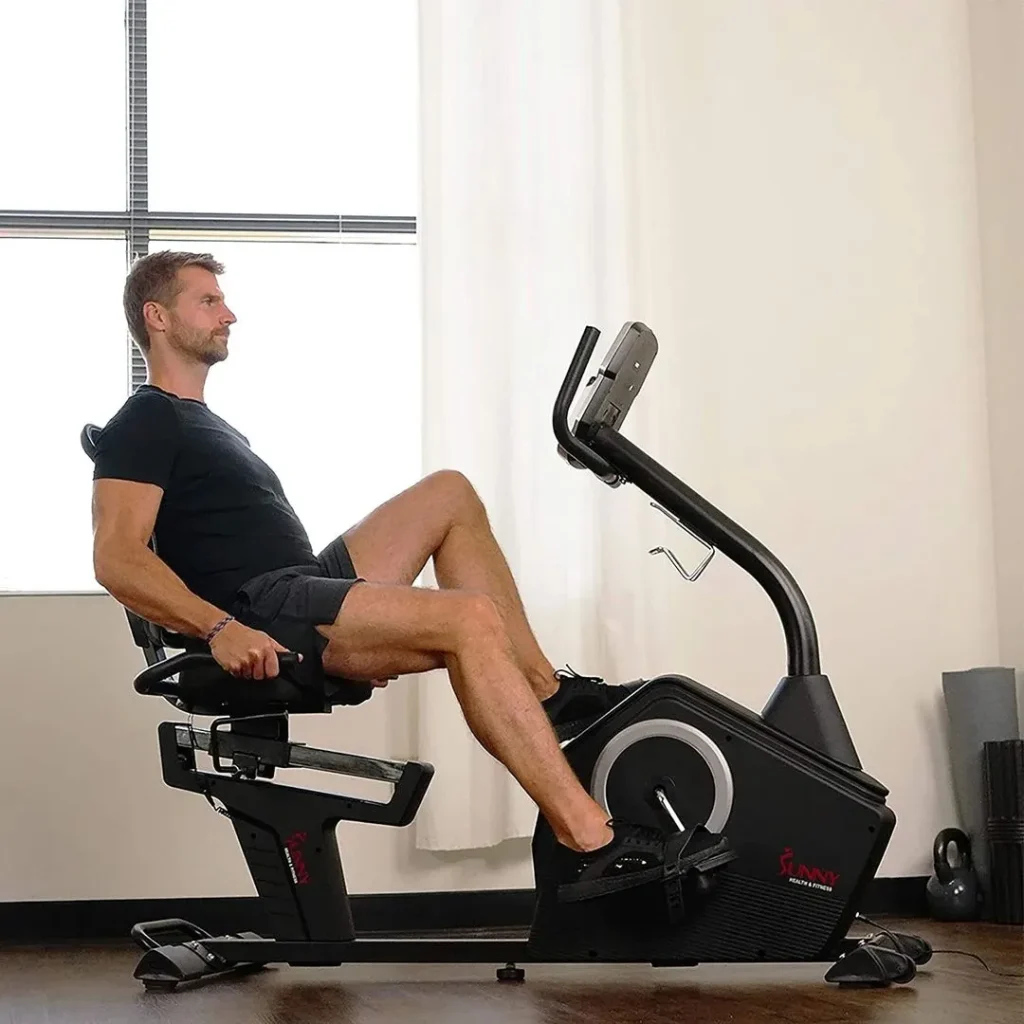
Made from alloy steel and finished with a black powder coating, the bike frame can support up to 300 pounds of user weight. It measures 59″ L x 26″ W x 47.5″ H meaning it should be able to fit into most normal gym spaces.
Both the pedals and seat can be easily adjusted via two straps and an easy seat adjuster at the side. Added features include a water bottle holder, device shelf, floor stabilizers, and transportation wheels.
FAQ
Is a Treadmill or Recumbent Bike Better for Weight Loss?
Due to a treadmill being a higher-impact exercise, your body needs to work harder to use it correctly. With this, you will burn more calories compared to a recumbent bike.
Both exercise modes provide great ways to burn calories and lose weight when used regularly.
Is a Recumbent Bike Better Than a Treadmill for Back Pain?
Suitable exercises for those with back pain should be low-impact and provide support for the affected area. Recumbent bikes are lower impact and provide excellent lumbar support where needed to make them the ideal choice.
Conclusion
Treadmills and recumbent bikes are two popular cardio machine choices that can be used to accomplish a wide range of health and fitness goals.
Both machines are operated using the same lower body muscles but differ in their movement pattern. Treadmills burn more calories and have a wider range of resistance options but are higher impact and louder to operate. Recumbent bikes provide a great low-impact exercise method but burn fewer calories.
Which one is your favorite cardio machine? Perhaps you use a combination of both? Let me know what you think in the comments below!
Also read:
- How Does a Treadmill Work
- How to Properly Use a Treadmill
- Slat Treadmill vs Belt
- Treadmill Manual vs Electric
- How to Fix a Slipping Treadmill Belt
- Recumbent Bike Benefits
Referenses:
- Everything You Need to Know About Cardio // Verywellfit: https://www.verywellfit.com /everything-you-need-to-know-about-cardio-1229553
- Which Is Better: Treadmill or Recumbent Bike? // Livestrong: https://www.livestrong.com /article/223301-which-is-better-treadmill-or-recumbent-bike/
- A Systematic Review of the Effectiveness of Treadmill Training and Body Weight Support in Pediatric Rehabilitation // LWW: https://journals.lww.com /jnpt/Fulltext/ 2009/03000/A Systematic_Review _of_the_Effectiveness _of.4.aspx Which Is Better: Treadmill or Recumbent Bike? // Citeseerx: https://t.ly/Y-m
- Physical and Emotional Benefits of Different Exercise Environments Designed for Treadmill Running // MDPI: https://www.mdpi.com /1660-4601/14/7/752
- ELECTROMYOGRAPHY DURING PEDALING ON UPRIGHT AND RECUMBENT ERGOMETER // NCBI: https://www.ncbi.nlm.nih.gov/ pmc/articles/ PMC3924611/
- Knee loads in the standard and recumbent cycling positions // NCBI: https://pubmed.ncbi.nlm.nih.gov /15133932/
Why Trust Us?
With over 20 years in Olympic weightlifting, strength training, nutrition coaching, and general fitness our team does its best to provide the audience with ultimate support and meet the needs and requirements of advanced athletes and professional lifters, as well as people who strive to open new opportunities and develop their physical capabilities with us.
By trusting the recommendations of our certified experts in coaching, nutrition, and sports training programming, as well as scientific consultants, and physiotherapists, we provide you with thorough, well-considered, and scientifically proven content. All the information given in the articles concerning workout programming, separate exercises, and athletic performance, in general, is based on verified data.
The product testing process is described in more detail here.
Author: Ihor Shymechko
Pro Olympic Weightlifter, Coach
Best Results: Snatch – 208 kg,
C&J – 240 kg
Ihor has been a professional weightlifter since 1996, boasting over two decades of competition experience. His notable achievements include clinching the European Championship in 2009 and securing a silver medal in the 105kg division at the Senior World Championships in 2011. Ihor represented his country in the 2008, 2012, and 2016 Summer Olympics. After retiring from competitive weightlifting, he transitioned to coaching, leveraging his vast experience to guide athletes who now compete on both national and international stages.



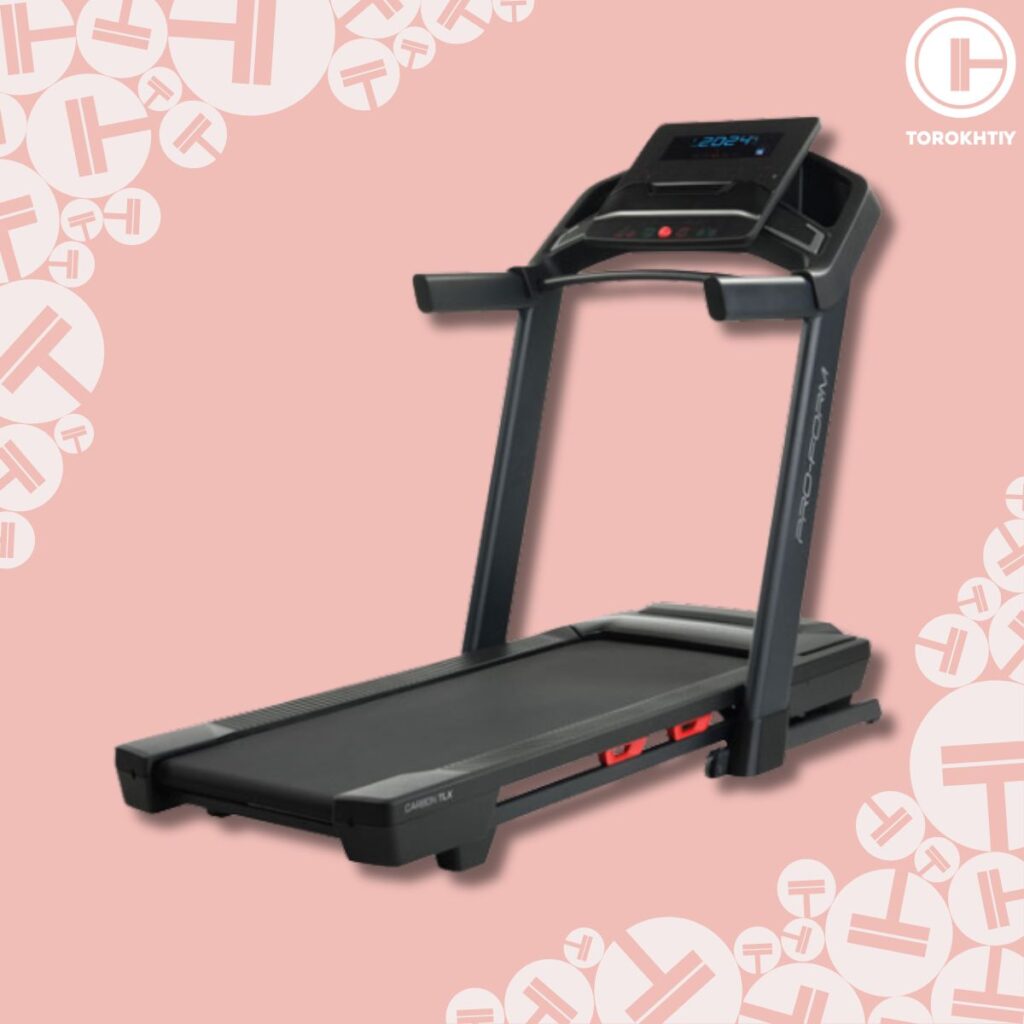
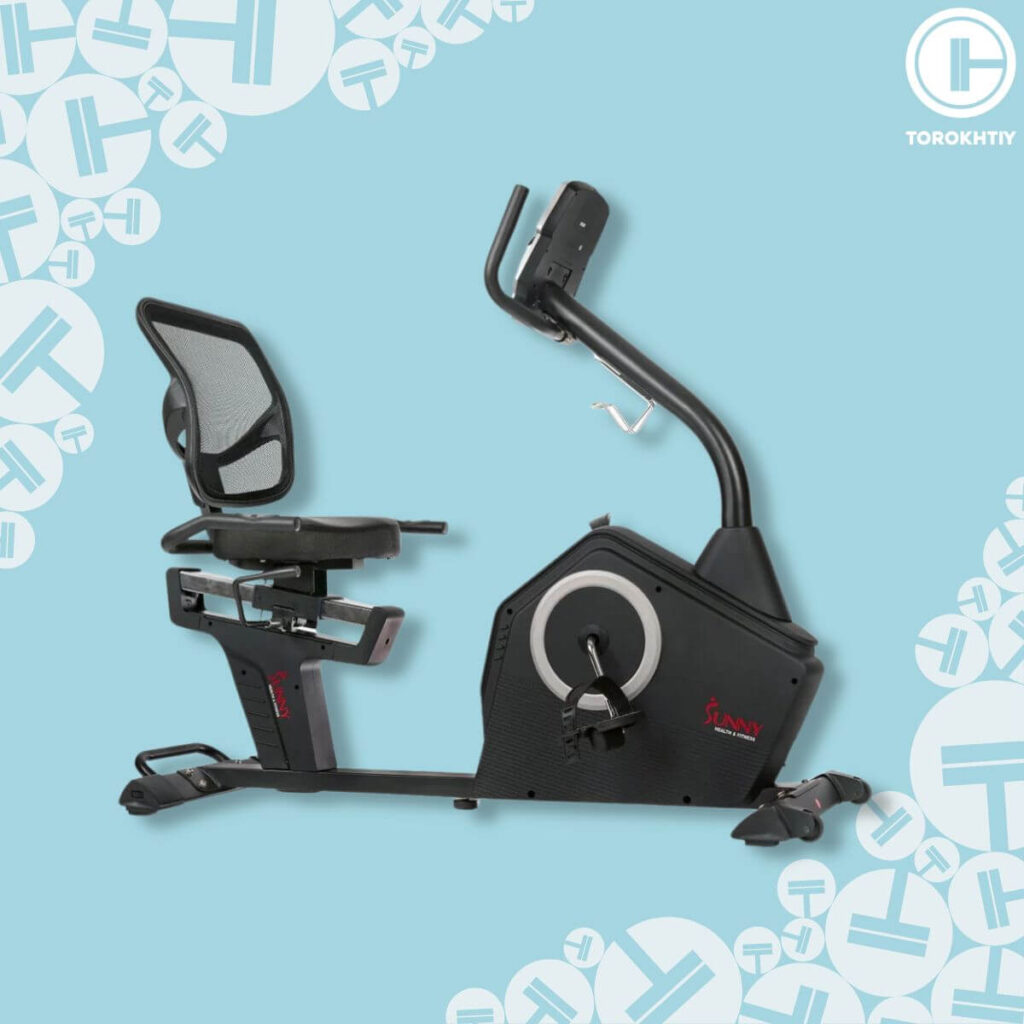
Still have questions after reading our article? Unlock your full potential by engaging with our experts and community! Don’t hesitate — leave a comment below and Ihor Shymechko will provide a personalized answer and insights to help you reach your goals.